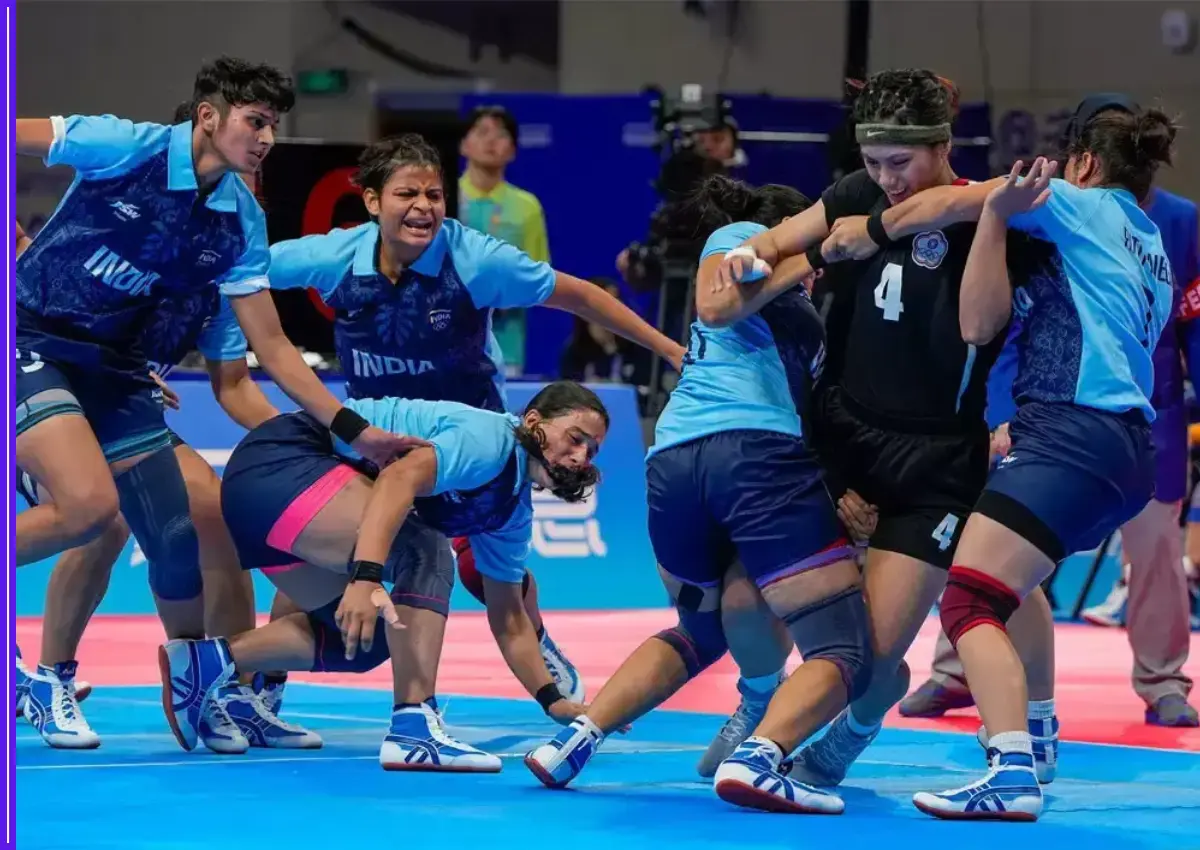Lima, Peru (PNN) – Peruvian President Dina Boluarte is facing intense scrutiny and a rapidly escalating scandal over her alleged ownership of an extensive collection of luxury watches, including multiple Rolex timepieces. The claims have the potential to further lower Boluarte’s ratings and undermine her already precarious governance, which takes place during the time of political crisis in the country.
The conflict started after the Peruvian media La Encerrona published an investigation reporting on a thorough examination of thousands of photographs of President Boluarte at public events. Its investigation uncovered that the 61-year-old head’s possession of least sixteen of the most lavish watches could be questioned regardless of her government paid salary.

The most obvious piece was the Rolex watch along with it was approximated to be $15,000 dollars. The former first lady has always worn it. This particular watch has become the principal target for the attacks questioning the appropriateness of such an ostentatious symbol of wealth worn by the president when the country suffers widespread poverty and economic issues.
In the wake of the allegations, the Peruvian law enforcement took unconventional action by conducting a midnight assault on both the government palace and President Boluarte’s home. Armed police officers stormed the properties after official requests were rejected, according to what the Reuters claimed in its report.
The raids, part of a preliminary corruption inquiry, resulted in police seizing quite a number of watches from the president for subsequent examination and analysis. Through the media, her lawyer Mateo Castaneda reported that they were going to seize over 10 watches but he couldn’t verify the amount for which they were priced because he was unaware of the brands.
President Boluarte has openly denied any misconduct, assuring all the people that whatever luxury expenditure assessed was legally obtained and it did not spoil government’s resources. In a defiant statement preceding the raids, she said boldly, “I came to the government palace with clean hands, and I will also leave with clean hands as I promised to the Peruvians.” Nevertheless, the controversy known as the “Rolex case” by the Peruvian media, has caused a scandal and Peruvian opposition figures with several critics calling for President Boluarte’s resignation due to the watch
Allies of President Boluarte have come to her defense, with the head of the government, Gustavo Adrianzen, saying the raids were a blow to the president’s dignity and Justice minister, Eduardo Arana, establishing that the searches were unconstitutional.
Castaneda, lawyer of Boluarte, has also reproached the administration of the tight police control saying it was overwieldy and was aiming to just “make a show.”
“The Rolex case” is the latest of many chapters in Peru’s long standing saga of political instability and corruption scandals which have frequently besieged the nation’s leadership over the years. Upon the ouster and impeachment of the former president, Pedro Castillo, who was accused by lawmakers of trying to dissolve the Congress by use of force, Boluarte herself took over the country’s top political position in December 2022, running the country for the next 196 days.
Castillo has now been charged with rebellion and conspiracy, a claim that he denies.
In the course of Castillo’s unstable rule, the South American state had become accustomed to a cycle of presidents being implicated in corruption charges as well as other political malpractices. in 2010 Martin Vizcarra was doomed due to the allegations of the corruption while Pedro Pablo Kuczynski was appointed in previous year as a president, resigned in 2018 amid a scandal involving the Brazilian conglomerate Odebrecht.
Even former President Ollanta Humala, who governed from 2011 to 2016, is currently on trial facing money laundering charges, to which he has pleaded not guilty.
Against this backdrop of endemic corruption and mistrust in the political establishment, the “Rolex case” has only served to exacerbate public disillusionment with Peru’s leadership. Even before the scandal erupted, Boluarte’s approval rating had plummeted to a dismal 9%, with around 80% of voters expressing a desire for her to resign, according to recent polls.
As the investigations into her luxury watch collection continue, President Boluarte now faces an uphill battle to salvage her credibility and restore public trust in her administration. She is scheduled to testify before prosecutors next month, where she will undoubtedly face intense scrutiny and pressure to provide a thorough accounting of her assets and the sources of her wealth.
The outcome of the “Rolex case” could prove pivotal, either paving the way for Boluarte’s eventual departure from office or allowing her to weather the storm and potentially rebuild her political capital. However, in a nation weary of corruption and eager for genuine reform, the president’s ability to lead effectively hinges on her capacity to convincingly demonstrate her integrity and commitment to transparency.
As Peru grapples with this latest crisis, the world watches with bated breath, wondering if the nation can finally break free from the vicious cycle of scandal and instability that has plagued its highest office for far too long.














